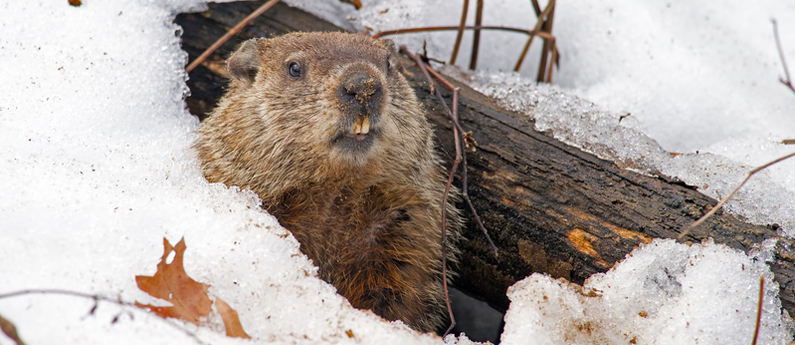As many of us still need to don warm coats and gloves and scrape off our windshields in early February, we look to America's foremost weather prognosticator to bring us hope of warmer temperatures.
Yes, the question on everyone's mind today is: Will Punxsutawney Phil see his shadow on February 2?
The tradition of Groundhog Day began with Pennsylvania’s earliest settlers from Germany and their Candlemas Day rhyme:
For as the sun shines on Candlemas Day,
So far will the snow swirl until the May.
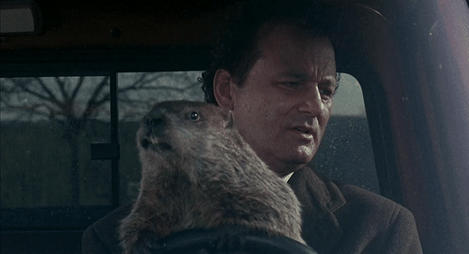 As the legend goes, if Phil the groundhog sees his shadow and retreats to his burrow, we’ll have six more weeks of winter and below-average temperatures. If he doesn’t see it, then we’ll have an early spring with above-average temperatures.
As the legend goes, if Phil the groundhog sees his shadow and retreats to his burrow, we’ll have six more weeks of winter and below-average temperatures. If he doesn’t see it, then we’ll have an early spring with above-average temperatures.
(Incidentally, the forecast of AccuWeather long-range meteorologists predicts that cold weather – and possibly more snow – will largely dominate throughout the month of February.)
Most people, naturally, hope that AccuWeather is wrong, Phil will fail to see his shadow, and a warm spring will arrive early.
But what does an early spring mean for bugs?
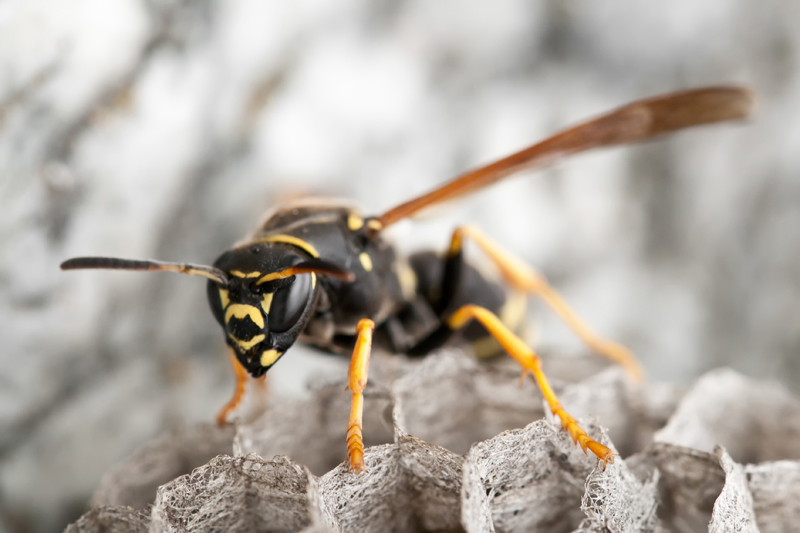 When wasps, hornets and yellowjackets get a jump on the season with warm spring temperatures, it means they could become a big problem later on in the summer.
When wasps, hornets and yellowjackets get a jump on the season with warm spring temperatures, it means they could become a big problem later on in the summer.
The queens of each species have been hibernating since late fall. They start to wake up when the temperatures rise.
Paper wasps are the first to emerge from their long winter’s nap. Consistent daytime temperatures of 45 to 55 degrees Fahrenheit are warm enough for them to start becoming active and building nests. In southern states, paper wasps can start flying as soon as February.
Since paper wasps usually build their nests up high on man-made and covered structures, the temperature and moisture on the ground during the spring thaw doesn’t affect them as much.
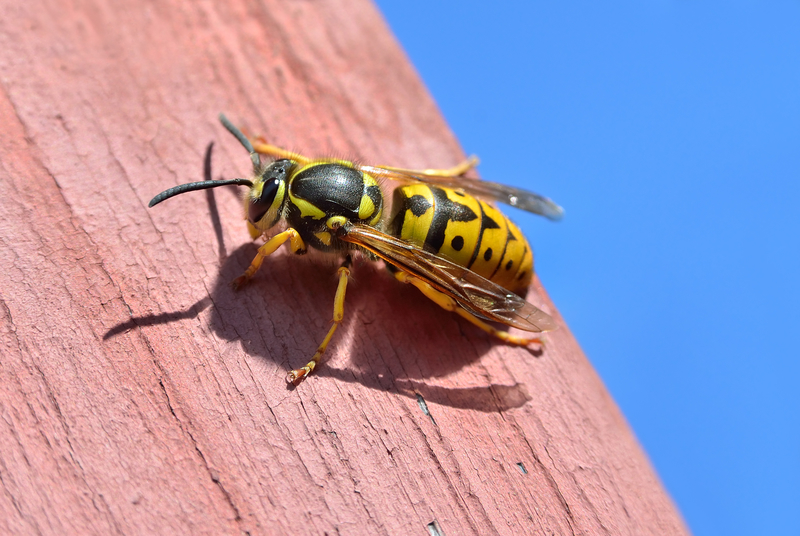 Hornets and yellowjackets are next to end their hibernation. Their activity starts when it gets to be 50 to 60 degrees Fahrenheit in the daytime on a consistent basis.
Hornets and yellowjackets are next to end their hibernation. Their activity starts when it gets to be 50 to 60 degrees Fahrenheit in the daytime on a consistent basis.
The sooner a wasp, hornet or yellowjacket nest is established, the larger the summer populations can get.
The good news is that you don't need to be passive while these queens are actively building their empires.
By using our W·H·Y® Trap for Wasps, Hornets & Yellowjackets or our Reusable Yellowjacket Trap in early spring, you can catch the queens and eliminate an entire nest with every queen you catch!
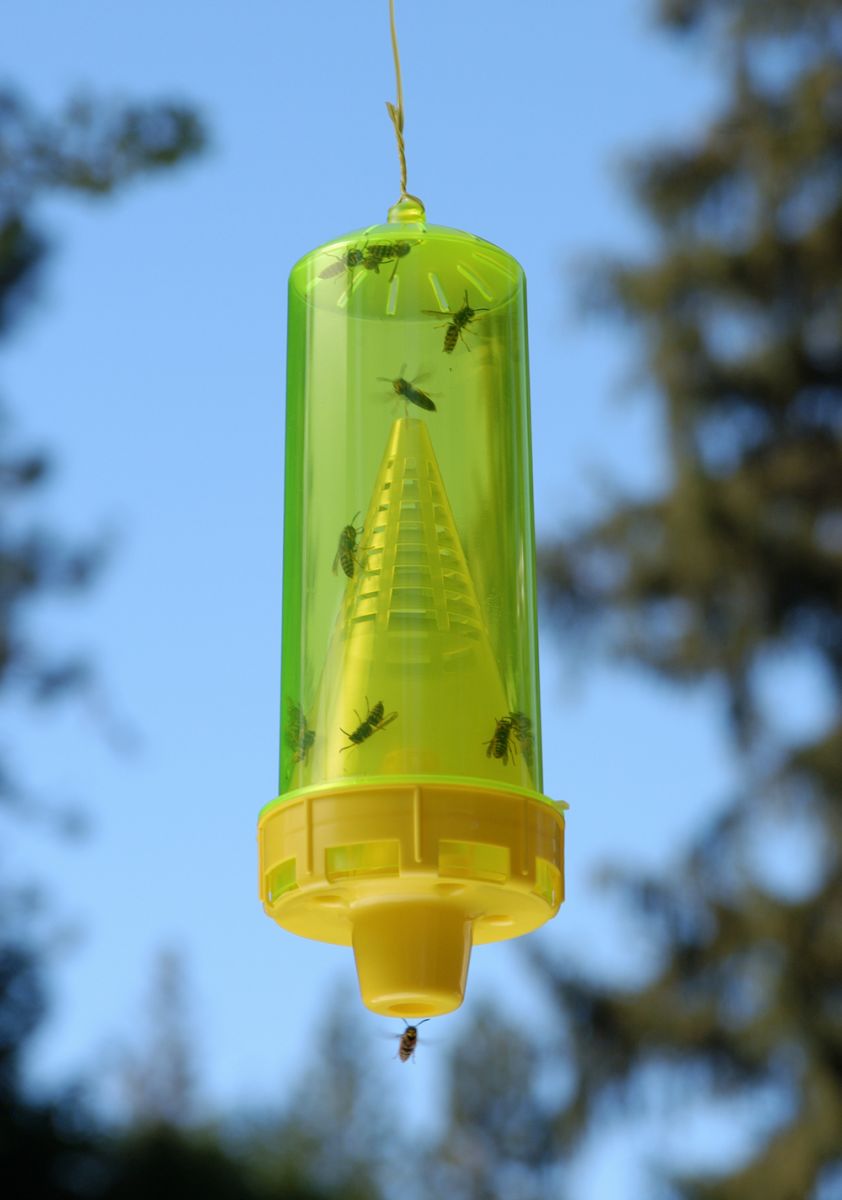 Our scientifically-developed attractant in each trap will lure queens in spring, and workers from summer through fall. Food baits alone are not enough.
Our scientifically-developed attractant in each trap will lure queens in spring, and workers from summer through fall. Food baits alone are not enough.
The queens will emerge from hibernation at some point this spring. So no matter if Phil sees his shadow tomorrow or not, it's a good idea to take the preventive step of setting traps in spring to catch the queens.
Follow this link to quickly find stores near you that carry the W·H·Y® Trap and the Reusable Yellowjacket Trap.


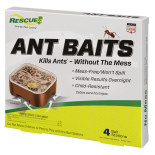 Ant Baits
Ant Baits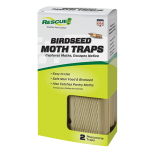 Birdseed Moth Trap
Birdseed Moth Trap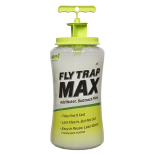 Fly Trap Max
Fly Trap Max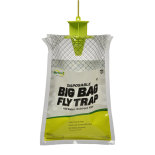 Fly Trap, Big Bag
Fly Trap, Big Bag 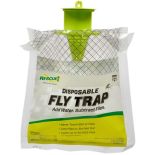 Fly Trap, Disposable
Fly Trap, Disposable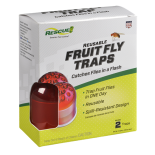 Fly Trap, Fruit Fly
Fly Trap, Fruit Fly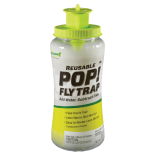 Fly Trap, POP! Fly
Fly Trap, POP! Fly 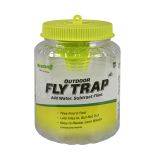 Fly Trap, Reusable
Fly Trap, Reusable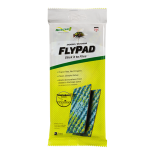 FlyPad
FlyPad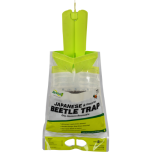 Japanese & Oriental Beetle Trap
Japanese & Oriental Beetle Trap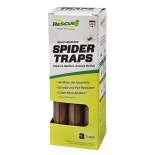 Spider Trap
Spider Trap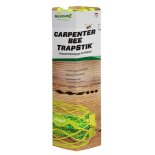 TrapStik, Carpenter Bee
TrapStik, Carpenter Bee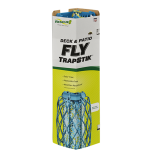 TrapStik, Deck & Patio Fly
TrapStik, Deck & Patio Fly 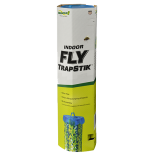 TrapStik, Indoor Fly
TrapStik, Indoor Fly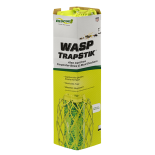 TrapStik, Wasp
TrapStik, Wasp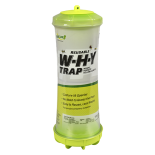 W·H·Y Trap for Wasps, Hornets & Yellowjackets
W·H·Y Trap for Wasps, Hornets & Yellowjackets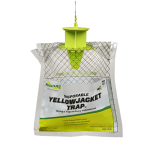 Yellowjacket Trap, Disposable
Yellowjacket Trap, Disposable 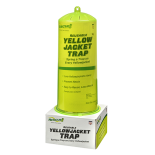 Yellowjacket Trap, Reusable
Yellowjacket Trap, Reusable 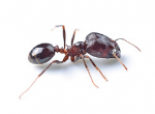 Ants
Ants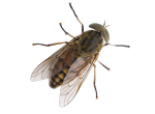 Biting Flies
Biting Flies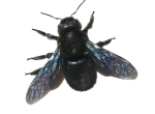 Carpenter Bees
Carpenter Bees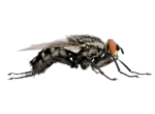 Flies
Flies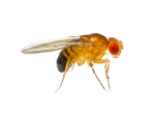 Fruit Flies
Fruit Flies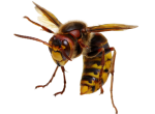 Hornets
Hornets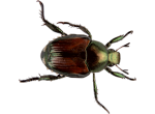 Japanese Beetles
Japanese Beetles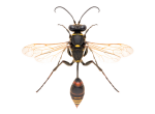 Mud Daubers
Mud Daubers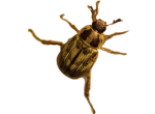 Oriental Beetles
Oriental Beetles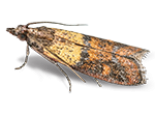 Birdseed & Pantry Moths
Birdseed & Pantry Moths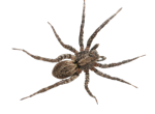 Spiders
Spiders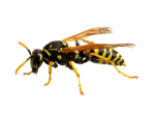 Wasps
Wasps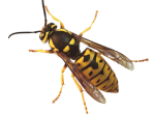 Yellowjackets
Yellowjackets